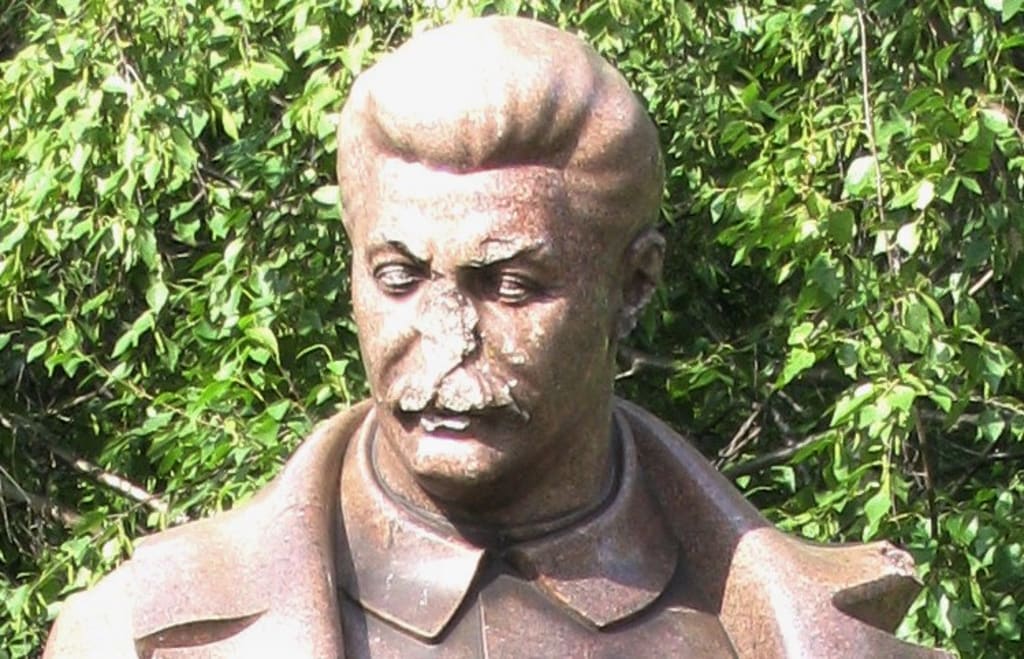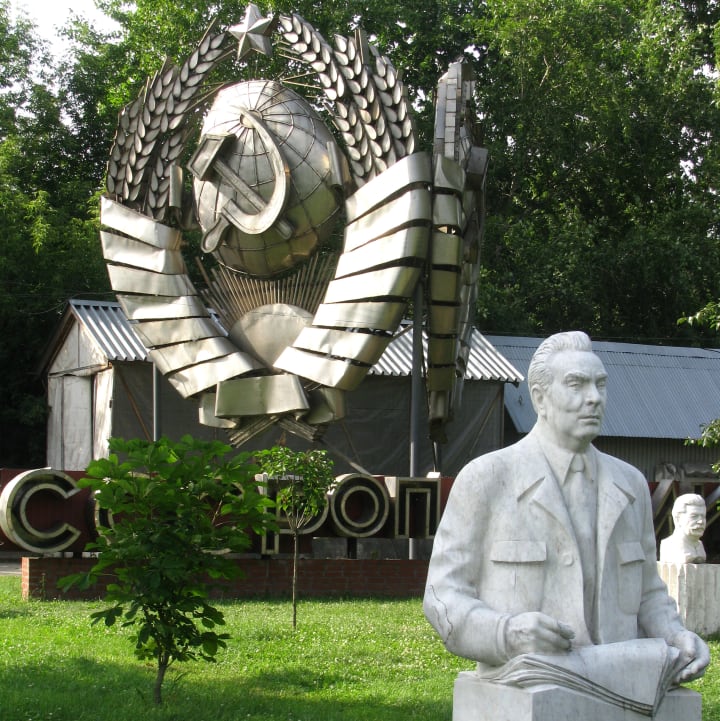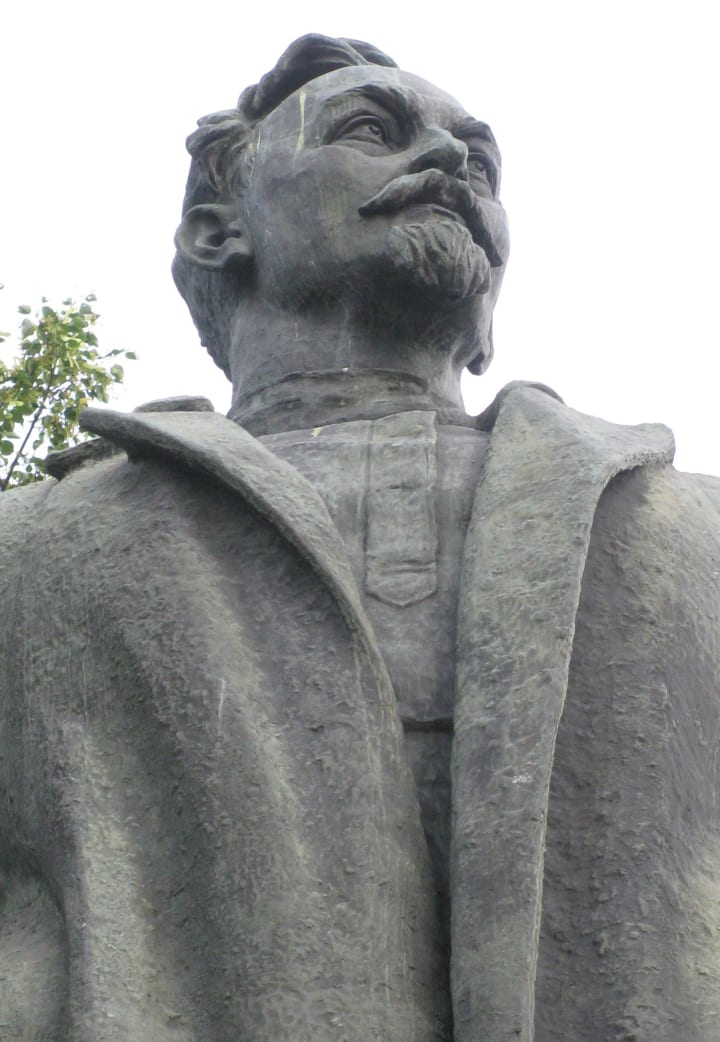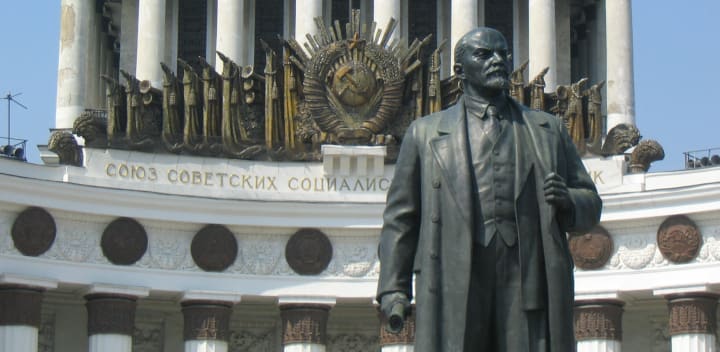Moscow's problematic statues
How Stalin and hipsters form an incomplete solution to a historical issue

You can still find statues of Stalin in Moscow. Despite the dictator’s abrupt fall from Soviet grace during the Khrushchev thaw, those familiar moustaches (in Russian, a moustache is invariably plural) can be spotted where the city’s latte-swilling hipsters come to play. The Muzeon complex is firmly established on the city circuit, between the fashionable ‘Red October’ district, a chocolate factory turned creative hub, and Gorky Park, refurbished to its Soviet-era heyday.

It’s a world of open-air cinema, live music, table tennis and cyclists. The vibe along the southern side of the Moskva river has echoes of London’s South Bank or the Rive Gauche in Paris. And the Muzeon collection, centred on a bunch of decommissioned Soviet monuments, lies at its heart.
At a time when renewed debate surrounds the images of public figures as varied as General Lee, scout movement founder Robert Baden-Powell and Bristol’s now-infamous Edward Colston, could this be an answer to those problematic pedestals? Would a sculpture cemetery be a suitable place to house pieces of public art that celebrate individuals who no longer reflect the values to which our society might aspire? After all, if Moscow – a city where legislators can find themselves debating both the removal of Lenin from his mausoleum and the return of secret police chief Felix Dzerzhinsky’s statue to its original downtown home – made this work after the fall of the USSR in 1991, surely it’s a natural fit for the rest of the world.

Well, yes and no. The park does not suffer from the obvious problem. It has never been a magnet for old-school Communists. That’s largely because there’s no need. When grey-haired revolutionaries want to remember Great October, they can congregate a mile up the hill beneath the imposing statue of Lenin that points the way from October Square to the Kremlin. Outside those red walls, they can shuffle past the embalmed remains of the leader in his mausoleum before riding home on a metro network that still has his image on display in several stations.

Across the country, de-Sovietisation is partial at best. Near Sochi’s Olympic resorts the Stalin dacha is a popular tourist attraction where guides have little interest in critiquing the ‘great man’ theory of history to the disadvantage of the previous resident; Kazan’s Lenin museum also takes a sympathetic view, while the Tatar capital’s Museum of Socialist life is a nostalgia fest of old toys and pioneer uniforms. Sweeping a few awkward undesirables off Moscow’s streets has a limited impact, even if today’s undesirables were the ones who used to do the sweeping.
Then there’s a lack of historical context. During the ongoing debate about the future of many monuments in the West, fuelled by the #BlackLivesMatter campaign, the need for education is a common theme. If destroying statues is an act of vandalism, reinterpreting them, turning hagiography into biography, can be a progressive step.
Unfortunately, Muzeon struggles with the ‘education’ part. There’s little evidence of any historical context here, with the Soviet ‘rogues’ gallery’ rubbing shoulders with other, wholly non-political works. A best, it skates over the complexities of modern Russian history; at worst it normalises the idea of turning some of the Soviet Union’s darkest images into the backdrop for a family day out.
It feels like a lost opportunity. The ideal, a polyphonic history with room for more than one voice, is lost. What could be an opportunity for an honest appraisal of 20th-century Russian history, with all its complexities and contradictions, turns into an art gallery – and one which art critic Valentin Dyakonov dismisses as a collection of “impersonal works of no value”. The LA Times might have thought it found a way to come to terms with America’s complex history when it visited in 2017, but the reality paints a different picture.
A museum of problematic sculpture could work – but only if it starts by embracing the challenges of history, rather than airbrushing or ignoring them. Our story is as complicated as the passions it inspires. A Muzeon-style collection of historical figures ripe for reappraisal could work, but not like this. Striking a balance between historical honesty and contemporary trends needs the academic rigour of a properly curated collection, not the halfway house of an unusually decorated park.
About the Creator
Andy Potts
Community focused sports fan from Northeast England. Tends to root for the little guy. Look out for Talking Northeast, my new project coming soon.






Comments
There are no comments for this story
Be the first to respond and start the conversation.